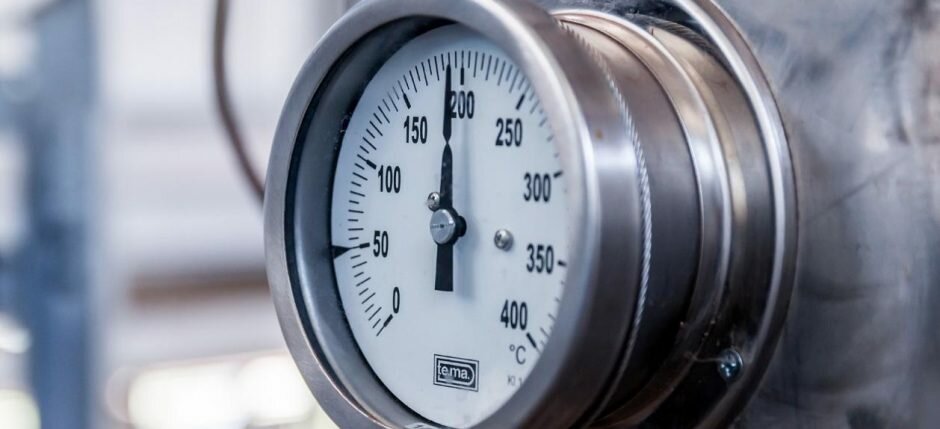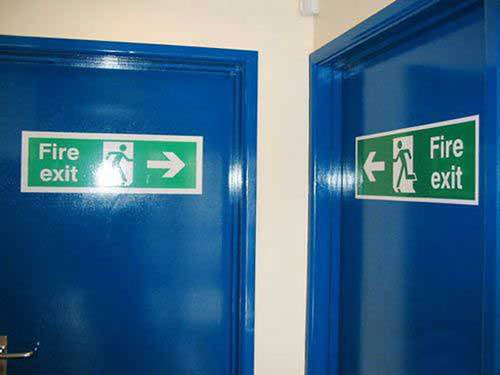Boiler Repair and Common Problems with Water Boilers
Nowadays, many homes, swimming pools, clubs, hotels and industries use water boiler systems for heating. They can be very efficient when operating. But sometimes, they can be difficult to maintain. So, how exactly does a boiler work? And, what should you do if there is a problem?
How do hot water boilers work?
A hot water boiler is a system that consists of a network of pipes and many heating components. Water circulates through a radiator system and uses the pipes to transfer the heat to the rooms or space being heated.
The components
The radiators provide heat and have controls or regulators, which allow the control of the temperature and water pressure. A typical boiler system has an expansion tank that absorbs water pressure.
Steam boiler systems and gas boilers are used in many cases. Steam generating boilers can also be very efficient for use in laundries, hospitals or in industries. They use a system that condenses water by applying thermal energy. Thermal energy converts water into steam, which is used to heat the chosen area.
There are boiler models that function using natural gas and there are also oil boilers. With the water that is channeled through the heating grilles, the radiators use the recirculated water pipe barrier for heat transfer.
Problems with water boilers
Some common problems with water boilers are that they make noise, produce air pockets, and some boilers produce little heat (after years of use) or can leak water. Some measures can be taken in order to identify potential problems.
A technical revision will typically involve increasing the temperature on the thermostat and checking the status of various parts of the system (i.e. switches, fuses, circuit breakers, water level, burner safety controls, etc.).
Performing routine maintenance on the boiler can reduce the potential development of water boiler problems. Sometimes, however, the systems wear out even if they have been properly maintained.
Repair or replace?
If this happens, it may be time to think about replacing some parts, and in some cases, it might require the replacement of the complete boiler. If replacement is chosen, there are modern combi boilers which offer highly efficient operation and easy and low-cost installation, which are a good option.
Safety above all!
People without the necessary technical knowledge to carry out maintenance and troubleshooting of a boiler should not try DIY repairs, etc. The combination of gas, oil, electricity, and pressure can be potentially very dangerous and all such work, whether technical revisions, repairs or replacement, should be carried out by a properly certified and experienced installer or boiler technician.
This will ensure the integrity of the boiler heating system and, importantly, the safety of all people or visitors in the building which it serves.

 There are a number of ways to speed up workplace performance. Most have to do with making minor to major changes in the existing culture of the organization. The viability of these suggestions is almost entirely dependent upon the size of the company and the willingness of management to embrace change.
There are a number of ways to speed up workplace performance. Most have to do with making minor to major changes in the existing culture of the organization. The viability of these suggestions is almost entirely dependent upon the size of the company and the willingness of management to embrace change.
